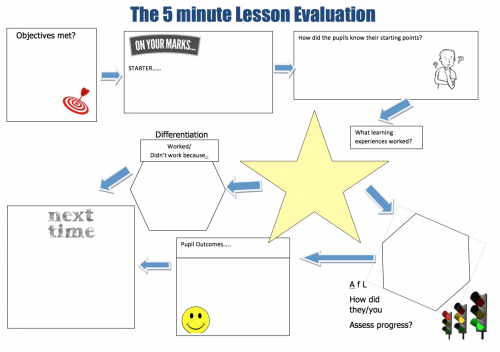The Five-minute evaluation
As teachers, we know that lecturing is not the most effective method of teaching. Having a test every few months or at the end of the school years often promote cramming and unnecessary memorization to pass the test but may not help students to learn effectively.
Active learning method can help students move from passive to active participation in their learning. Besides asking them to read the course materials BEFORE coming to class and use class time for more discussions, allow students to ask questions on what they do not understand. Teachers may want to know whether the students are learning during your lecture and class discussion AFTER attending your class.
Since not all students will read before the class, I often give a short five-minutes quiz at the beginning of the class to check their reading whether they study BEFORE coming to class or not. I also ask them to write a “five-minute short note” at the end of each class as an effective way to monitor their learning of my teaching
The “five-minute short-note” is a paper-based assessment of my teaching to get students to reflect on what happened in the classroom that day. My questions are simple and open to encourage students to reflect and provide feedback on the subject that they learned on that day. By having this information, I can adjust and modify my teaching to ensure students are learning what they need to succeed in my class. About ten minutes before the class end, I pass out these short note for the students to quickly answer my questions (i.e. They do not need to put in their name, as it is optional).
- The clearest point of today’s class was:
- The confusing point of today’s class was:
- How I prepared for class today (Did I study before class?):
- What I liked best today that helped me learn more:
- What I wish had been discussed during today’s class:
- By having both assessments, BEFORE and AFTER each class, I can monitor and control my teaching as well as help students to learn more to make sure that they will succeed in their learning.
Sources
- Blogs of Prof. John Vu, Carnegie Mellon University
